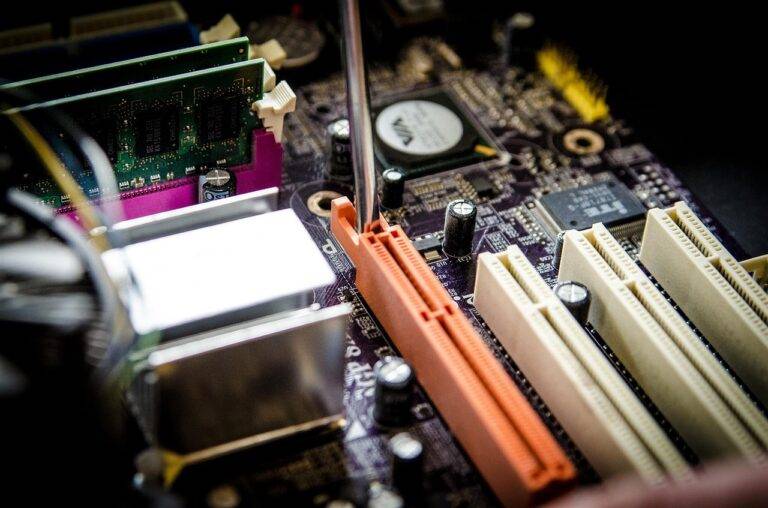Exploring the Impact of Technology on Education Inequality
Technology has transformed the way we live, work, and learn. In recent years, the rapid advancement of technology has revolutionized the field of education, bringing new opportunities as well as challenges. While technology has the potential to level the playing field and provide equal access to education for all, it also has the potential to exacerbate inequalities. This article will explore the impact of technology on education inequality, examining both the positive and negative effects of technological advancements on educational outcomes.
Technology and Access to Education
One of the most significant ways in which technology has impacted education is by improving access to educational resources. The internet has made it possible for students to access a wealth of information and educational materials from anywhere in the world. Online courses and virtual classrooms have made it possible for students to learn at their own pace and on their own schedule.
The Digital Divide
Despite the potential of technology to improve access to education, there is a significant digital divide that exists between students who have access to technology and those who do not. Students from low-income families are less likely to have access to reliable internet connections, computers, and other necessary technology tools. This lack of access can create barriers to learning and limit educational opportunities for these students.
Online Learning and Student Achievement
While online learning platforms have the potential to reach a wider audience of students, they can also have a negative impact on student achievement. Studies have shown that students who participate in online courses may struggle with self-regulation and time management, leading to lower academic performance. Additionally, online courses may lack the personal interaction and support that traditional classroom settings provide.
Teacher Training and Technology Integration
Another factor that contributes to education inequality is the lack of teacher training and support for integrating technology into the classroom. Many teachers may not have the skills or resources necessary to effectively incorporate technology into their teaching practices. This can result in disparities in educational experiences for students, with some benefiting from innovative technology tools while others are left behind.
Closing the Gap
Addressing education inequality in the digital age requires a multi-faceted approach. Schools and policymakers must work to ensure that all students have access to the technology tools and resources they need to succeed. This may involve providing devices and internet access to students from low-income families, as well as investing in teacher training programs to support technology integration in the classroom.
Conclusion
Technology has the power to transform education and create new opportunities for students around the world. However, it is essential to address the disparities in access to technology in order to ensure that all students have an equal chance to succeed. By investing in technology infrastructure, teacher training, and support for students, we can work towards creating a more equitable education system for all.
FAQs
Q: How can schools address the digital divide?
A: Schools can address the digital divide by providing students from low-income families with access to technology tools such as laptops and internet connections. Additionally, schools can work to ensure that all students have access to online resources and virtual learning platforms.
Q: What are some effective strategies for integrating technology into the classroom?
A: Some effective strategies for integrating technology into the classroom include providing professional development opportunities for teachers, creating technology-rich learning environments, and incorporating interactive digital tools into lesson plans.
Q: How can online learning platforms support student success?
A: Online learning platforms can support student success by providing flexible learning opportunities, personalized feedback, and access to a wide range of educational resources. However, it is important to ensure that students have the necessary support and guidance to navigate online learning effectively.





